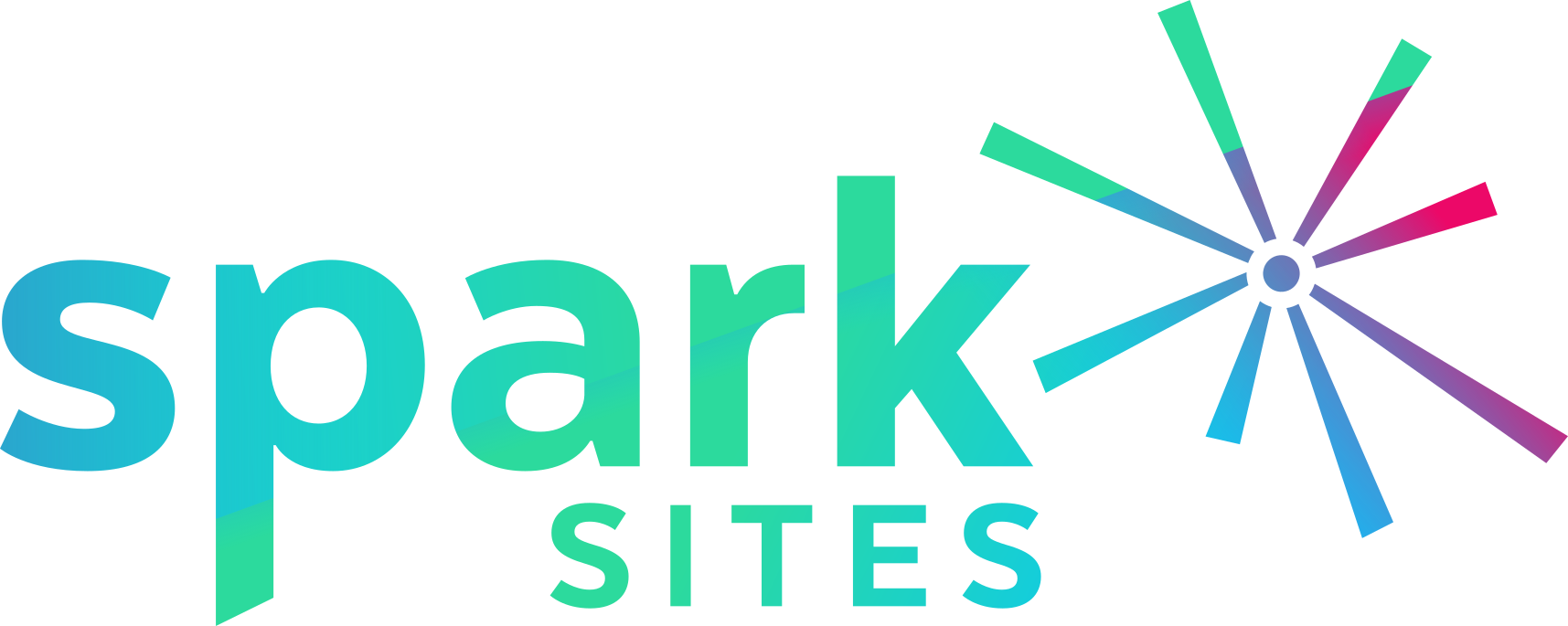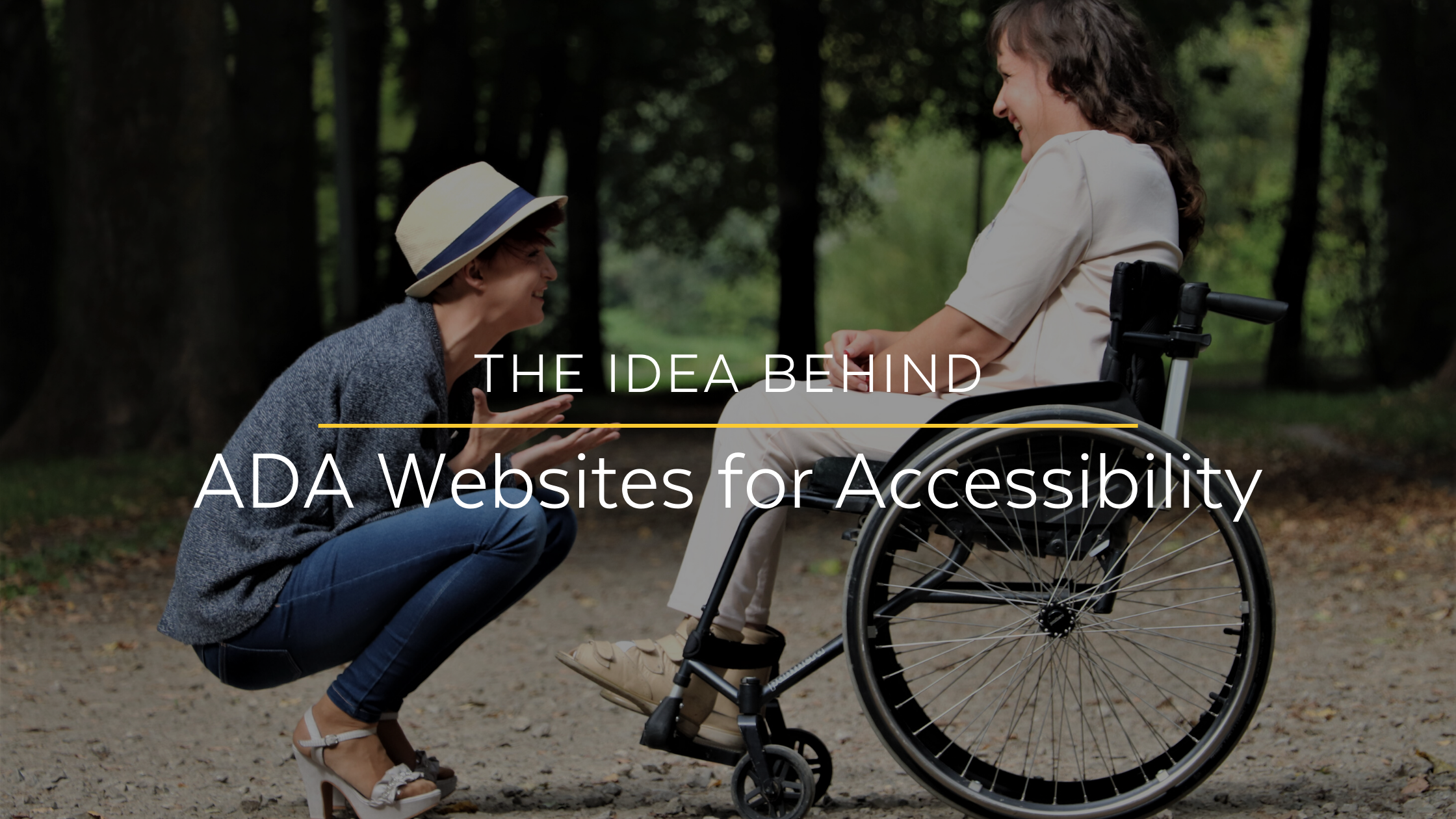Understanding the concept behind making websites accessible:
To understand why we are designing ADA websites, visualize your life without the internet for a moment.
It’s not about a shortage of the router or the supplier, it means life without an Internet, or life with very limited Internet access. Along with that, visualize your life with very limited access to computers, smartphones, tablets and virtually any technological device that displays information.
Can you imagine your work, your leisure and even your love life without them? Probably not. This is the idea of ADA Websites for accessibility.
In today’s world, there is a large percent of the population that does not imagine it – they live it each and every day.
The disabled population in almost every society is about 20% of the residents. This population is limited to a significant percentage of its daily activities, quite decisively. Think about your daily routine for a moment:
How do you check the news?
Look for a topic that interests you?
Find a dictionary definition?
Or a vacation or a product?
Talk to friends?
Check the stock market?
Most likely you find these things on the Internet, at least in most of these actions, and at least most of the time. If you think about how many of these actions are a significant part of your daily routine, you will come to the obvious conclusion – the lives of people with disabilities are very problematic, to say the least. This is why we are designing ADA websites!
Precisely because of this understanding, a WCAG 2.0 standard (Web Content Accessibility Guidelines) was created. This standard was established by the World Wide Web Organization (W3) and aims to create a standard for the accessibility of the Internet, so that people with disabilities will be able to surf the internet freely and efficiently. The standard itself is comprehensive, and relates to almost any disability group that exists, in order to give us, developers and site builders, various tools and a deep understanding of the subject of accessibility, so that we can apply it efficiently.
These instructions and center marks are actually a collection of technical actions performed on the site – after all, a site is a platform created by code. The site itself does not have a consciousness that will enable it to teach itself or by itself (unless programmed to) – so it can’t tell what accessibility is or whether the surfer who is currently in front of him manages to get along with the site or not. All of these actions create what we define as the accessibility of the site.
Defining the standard is the first step – yes, website owners now know what needs to be done to make their site and business or service truly ADA accessible, but they can also choose not to be accessible to any audience except for 80% of the “regular” surfers on the site; (A short-term financial decision that is made because of the expenses involved in that operation, but it is unethical in any way, and also inhibits the growth and prosperity of your business in the long run as we explained in the previous article).
This field requires a thorough understanding of the world of disabilities for all its kinds, and therefore it is highly recommended to know the various groups in order to perform the relevant actions and adjustments in an optimal manner. Later, we will explain about a number of groups – who they are, where does the difficulty comes from, what are the most common difficulties and possible solutions to the problem, in accordance with the standard that we explained earlier.




